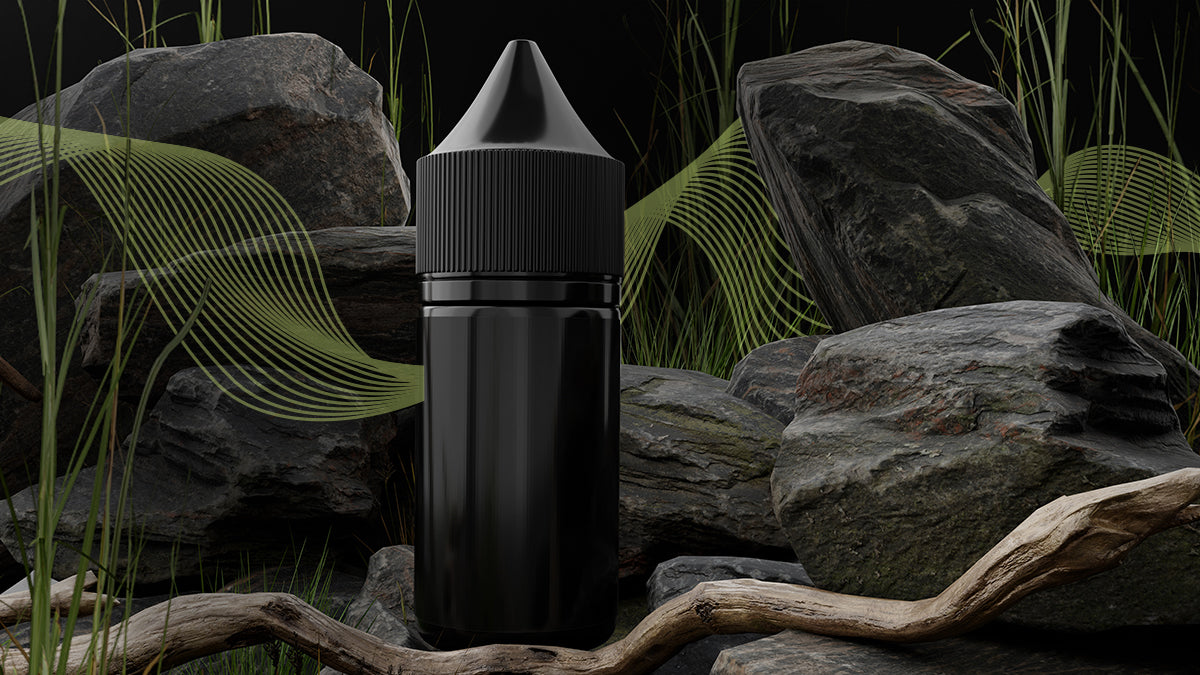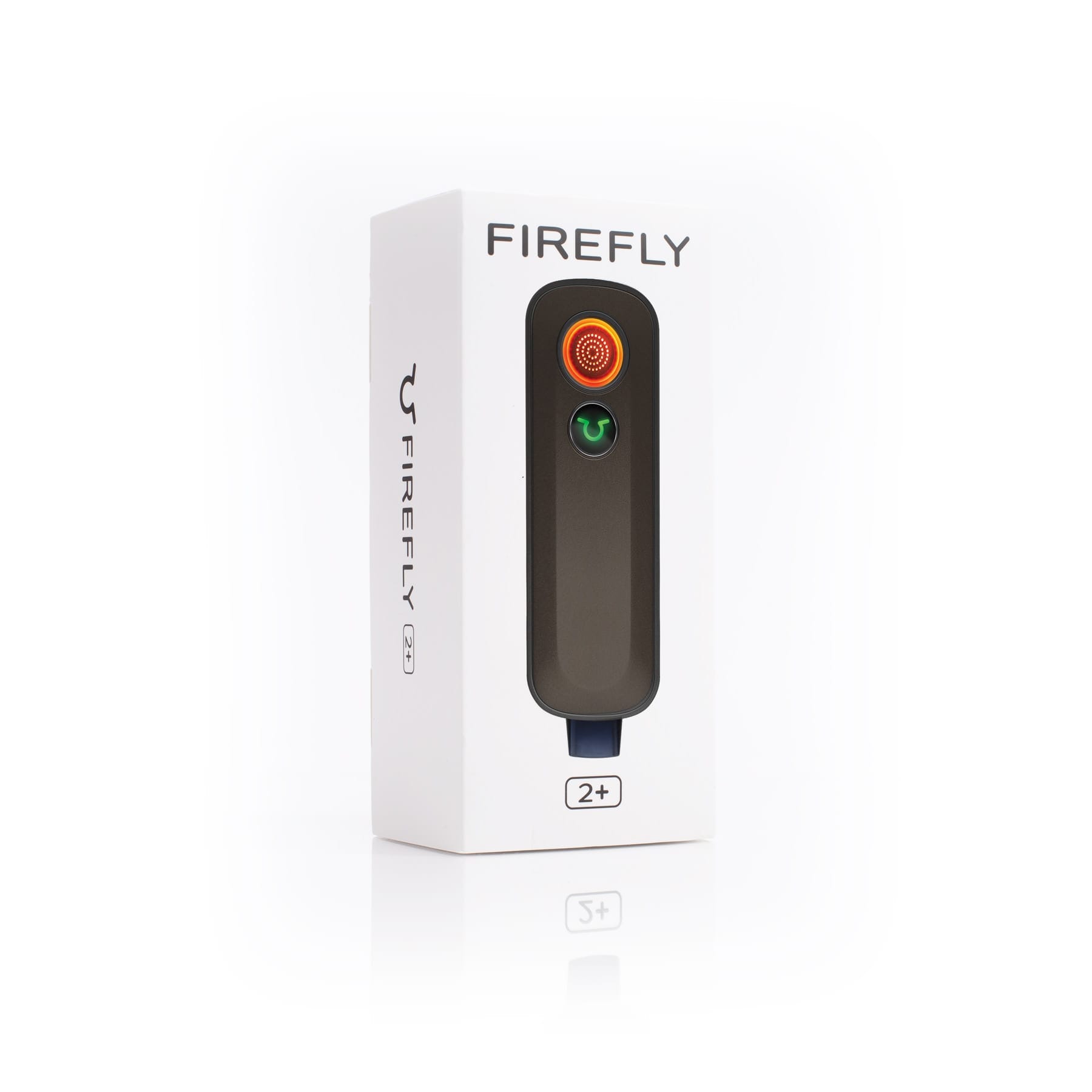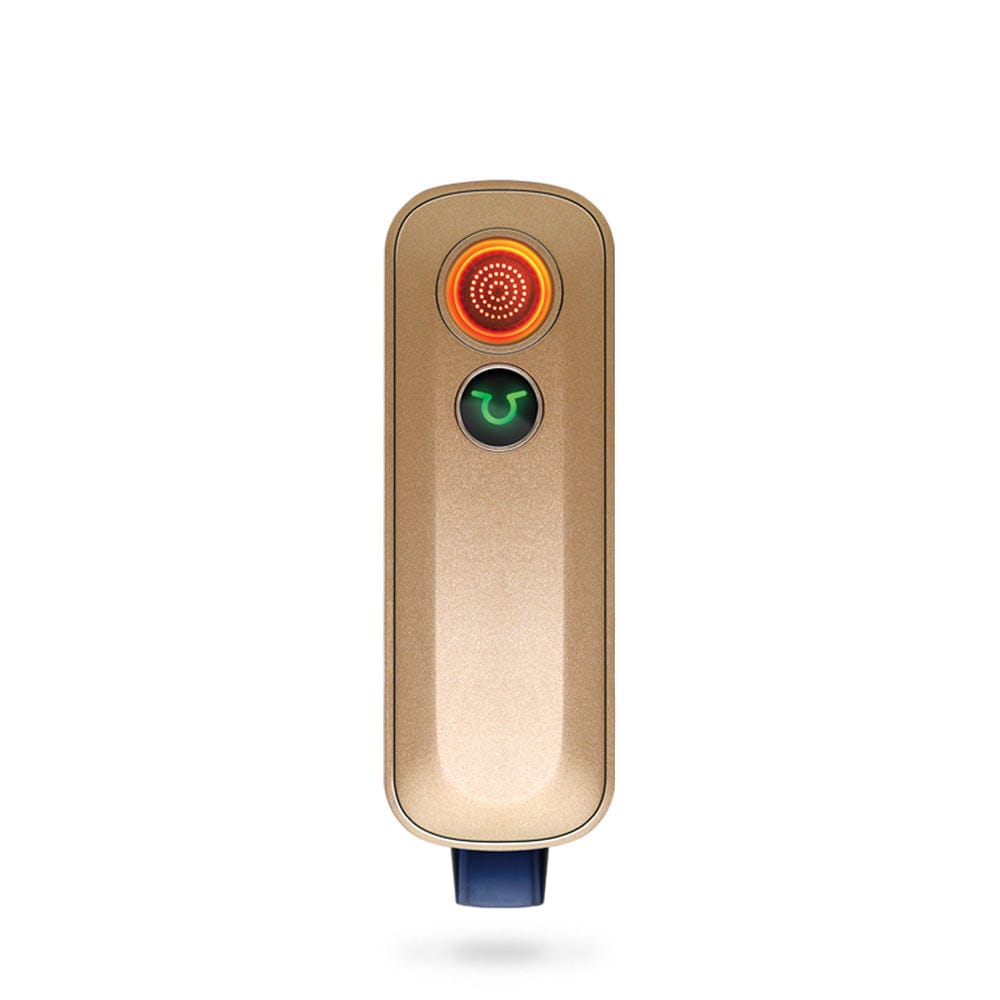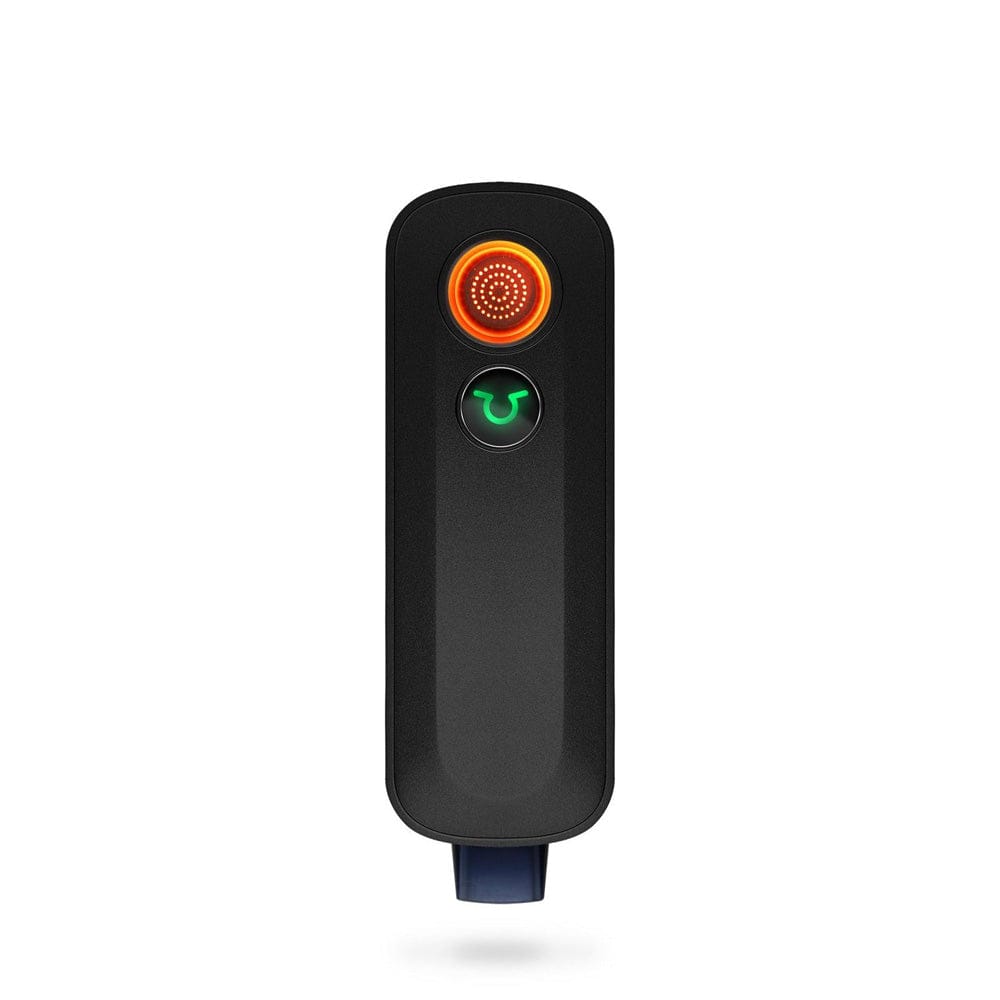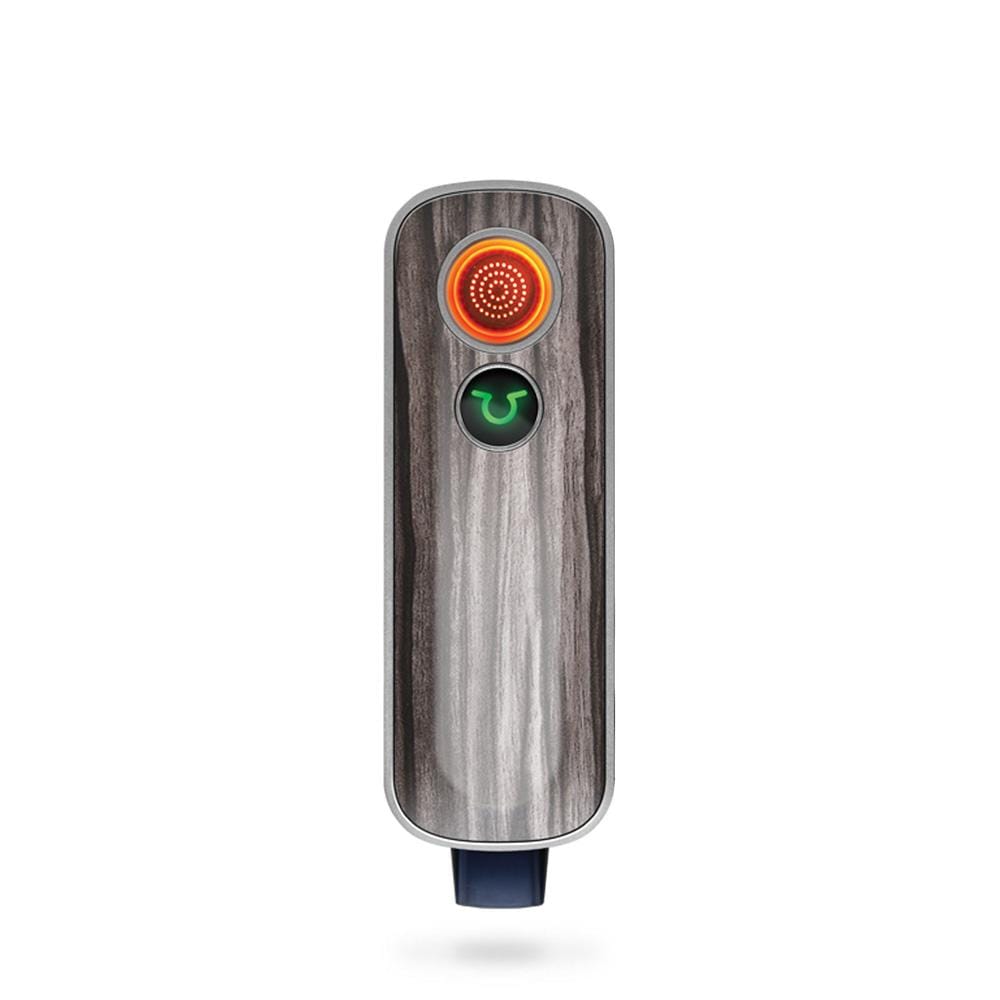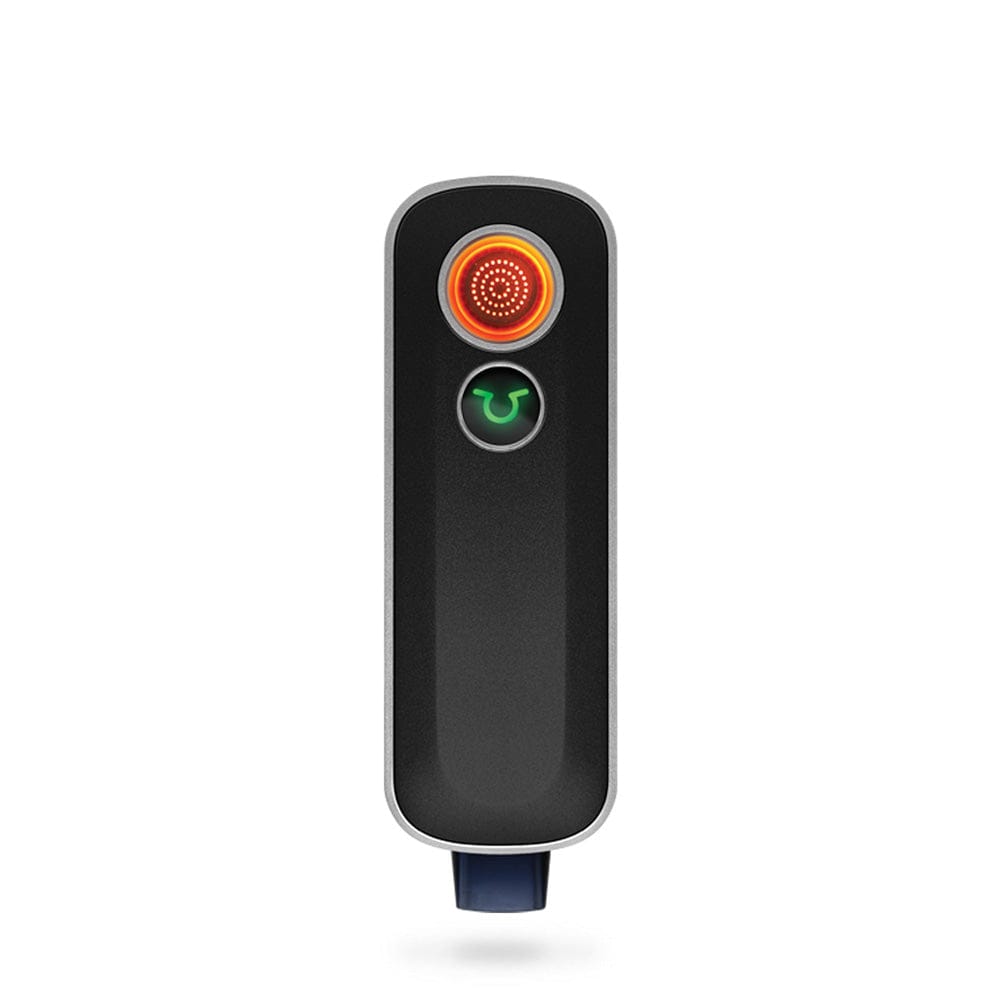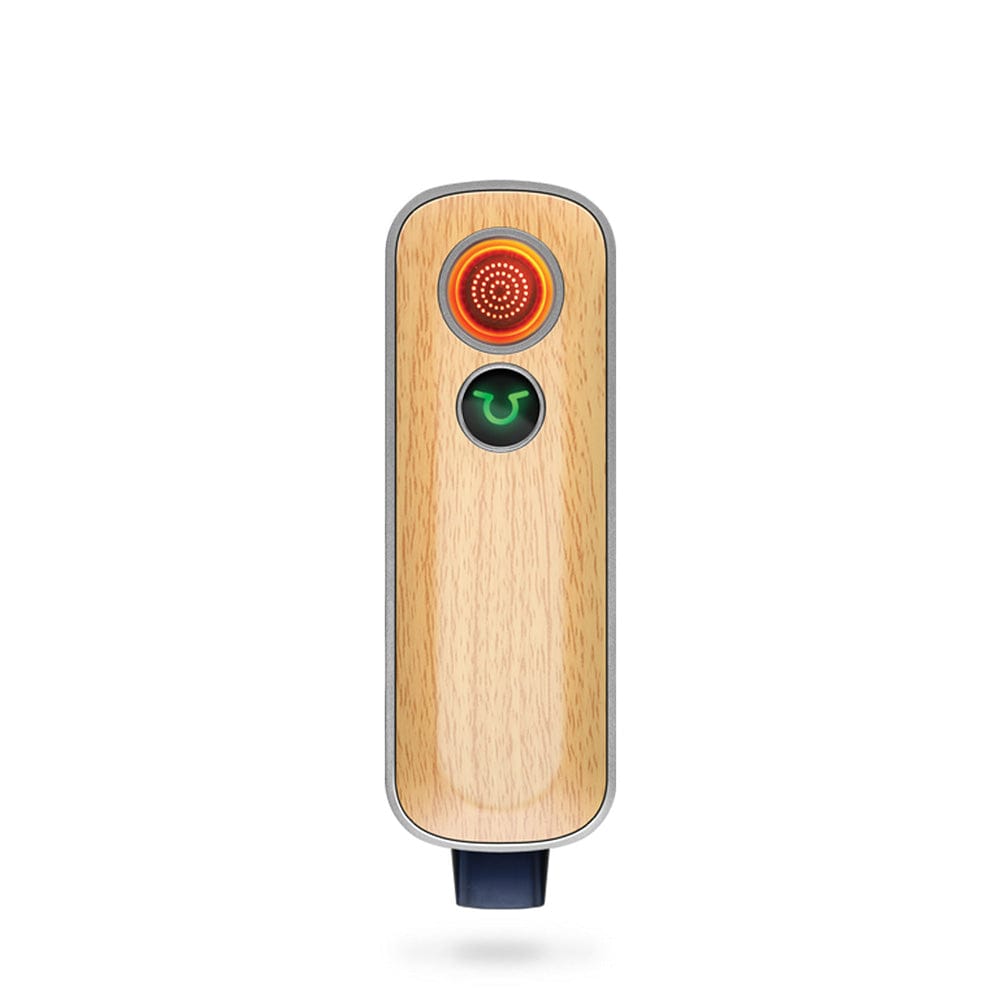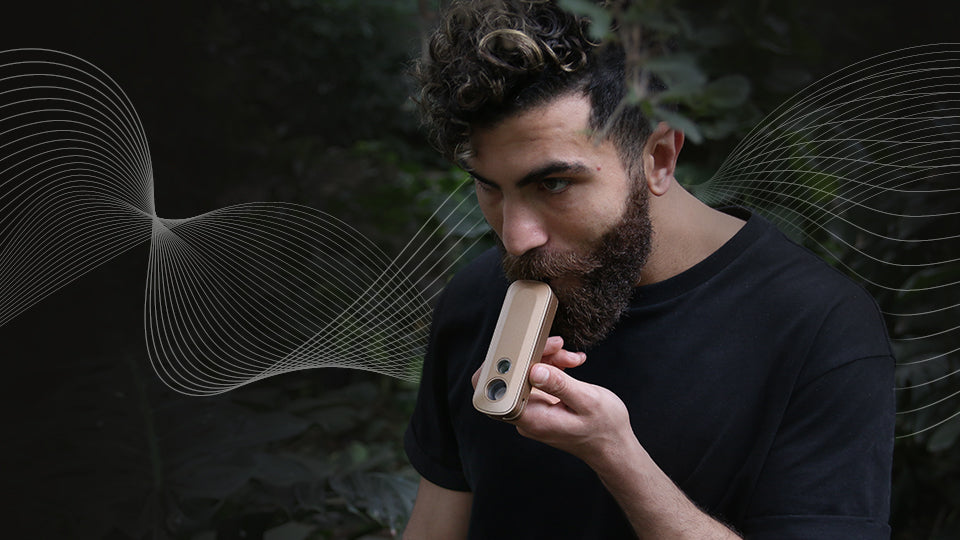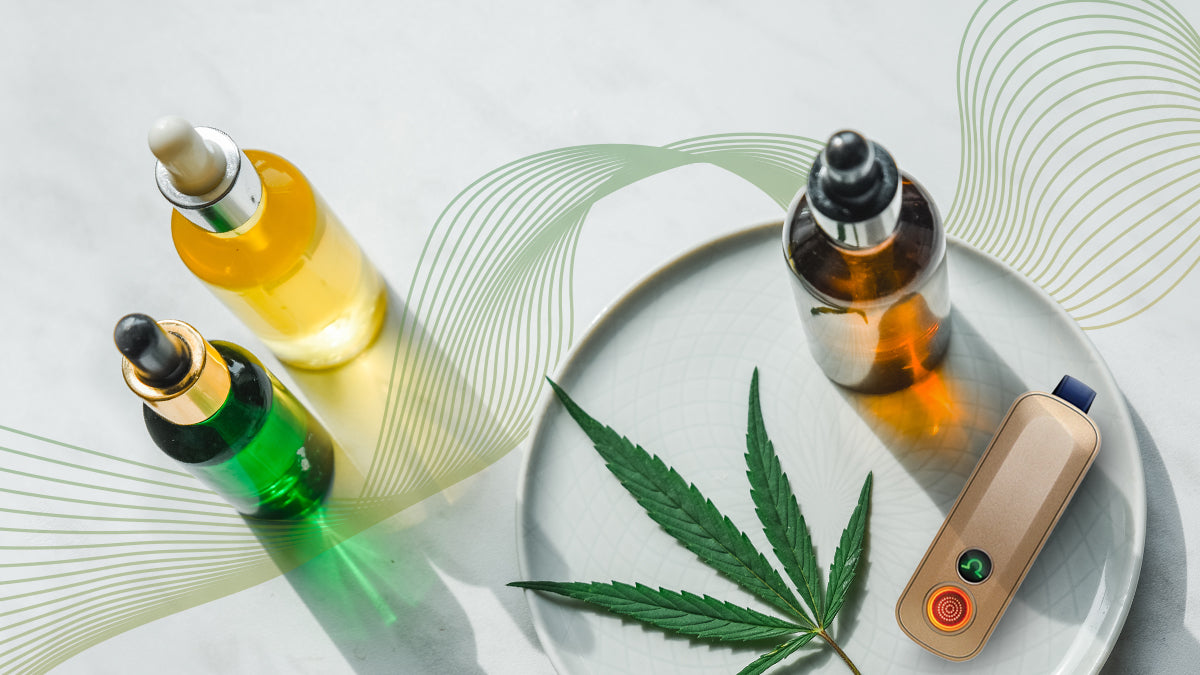If you already know how to vape, then you likely have already used PG and VG, even if you don't know it! However, it's always best to know what you're putting inside your body, and the ingredients to your favorite vape juices are no different. Regardless of the brand of e-juice you enjoy, you'll come across PG, VG, or a mixture of the two in essentially all nicotine vape juices.
What exactly are those ingredients, and is it safe to vape PG and VG? In this article, we'll take an in-depth look at what these two ingredients are, how they compare, why vapers would prefer one over the other, and if these ingredients are safe for frequent vapers.
PG vs. VG
PG and VG are both abbreviations for common vaping ingredients, with PG standing for propylene glycol and VG standing for vegetable glycerin. We'll get into what makes each of these components different in a few sections, but let's start with how they're similar:
- Both are odorless and commonly infused with nicotine and other flavors in vape juices.
- Both are considered "sugar alcohols" and used in all kinds of consumable products, not just vape juices.
- They each are easily vaporized (which is why they are popular vape components).
- Neither are known to cause any health issues when vaped or consumed, although studies on these ingredients are limited.
- PG and VG can be mixed in varying ratios to produce different vaporizing effects.

Now, let's dive into each specific component, starting with PG!
What Is Propylene Glycol (PG)?
Propylene glycol is a sugar alcohol with a thin viscosity. PG doesn't have an odor or a taste, and since it is also seen as safe and nontoxic, PG is found in all kinds of different products. PG has a unique characteristic of being a "humectant," which means it can be used to keep certain products moist.
How Is It Used?
All of these characteristics together make it an ideal choice to help preserve certain kinds of human and pet food, a medium for food flavorings, and even as a delivery component in inhalers (like we said, it vaporizes easily). It's the main component in fog machines and, of course, vape juices!

You'll also find PG in different oral hygiene products (like toothpaste), a variety of beauty products, and certain medical components.
Is It Safe?
The FDA has categorized PG as "generally recognized as safe" when used as an ingredient in consumable products. If you see PG as an ingredient in food or a topical beauty product, the evidence seems to be clear that PG will not cause any negative side effects.
However, vaping is another story. Long-term research hasn't been done yet (because PG hasn't been vaped and studied long enough for concrete conclusions). Early research indicates that PG might be associated with some "cytotoxic properties," which means PG caused cell death.
That same study states that researchers suspect that the cell-killing properties are more likely associated with "the production process and materials used in flavorings" as opposed to the PG itself. Vapers should use caution while vaping (especially when vaping flavored e-liquids with nicotine), but research hasn't yet shown us that vaping PG is particularly harmful.
What Is Vegetable Glycerin (VG)?
Vegetable glycerin is a viscous sugar alcohol. Just like PG, VG doesn't have a color or odor, but it does have a taste. It's sweet and is often used in vape juices to help bring out sugary or candy-like flavors. You may see VG simply referred to as "glycerin," so just remember that both of those terms refer to the same substance!
How Is It Used?
Similar to PG, VG is used in a lot of different applications. It's a humectant, just like PG, so you'll find it in topical beauty products, and it's used as a common baking ingredient to help keep food moist. Its sweet flavor makes it a great candidate for certain food flavorings as well as certain medicines (like cough syrups).

Is It Safe?
When VG is used in foods or other consumable products, it gets the same FDA rating of "generally recognized as safe" that PG gets. VG is used in a lot of food products, and there isn't any evidence to suggest that eating it will cause a health risk.
Again, you get a bit of a different story when you consider vaping VG. The study we mentioned earlier that stated that PG might have cytotoxic properties came to the same conclusion with VG, with the disclaimer that it might be the additives besides VG and PG causing harm.
Another study specifically looking at VG inhalation in rats showed that there appears to be only a small chance of risk when VG is inhaled. (In that study, VG is referred to as glycerol, which is the same substance).
Early research into vaping VG shows that it's probably safe, but a lot more research is needed to make any concrete claims one way or the other. This ambiguity of risk (along with PG and VG usually being infused with nicotine) is a reason why vaping laws have been quickly changing and why readers commonly ask how old do you have to be to vape?
What's with the VG and PG Ratio in E-liquid?
When you buy vape juice, you'll usually see a "vg:pg" ratio listed as part of the ingredients. That ratio can vary (for example, while a 50/50 ratio is common, it's also common to see more pg than vg, more vg than pg, or exclusively one ingredient instead of the other).
Changing the VG and PG ratio changes how the vapor feels in your throat, how quickly vapor can be made, and the overall flavor of the vape juice in question. Let's take a look at how each of these ingredients can impact your vaping experience.
Differences Between PG and VG for Vapers
Different juices use different ratios of PG and VG to create a specific experience for customers. Here are some of the most notable differences between vaping each ingredient:
PG Mimics Smoke Better (Throat-Hit)
PG provides a more authentic "throat-hit" (or how the vapor feels when it's inhaled) when compared to VG. That usually means the vapor is a bit hotter and harsher, which helps it mimic the feel of inhaling actual smoke. This characteristic may not appeal to everyone, but it is fantastic for tobacco smokers looking to transition away from smoking.
The authentic throat-hit feels more like tobacco smoke, which helps smokers enjoy the experience more. The closer the vaping experience is to smoking, the more likely they are to stick with vaping and kick smoking for good. There isn't a guarantee that PG will help customers stop using tobacco, but the authentic "throat-hit" definitely helps!
VG Is Smoother and More Tolerable than PG
That authentic "throat-hit" is a turn-off for a lot of vapers. For some, PG irritates their throat and lungs too much to really enjoy smoking PG vape juices at all, which is where VG juices come in! VG e-liquids tend to provide a smoother, more pleasant vaping experience. While you don't get the same "throat-hit," many vapers prefer the smoother experience.
VG Produces More Vapor
Earlier, we mentioned that VG was thicker (or more viscous) than PG and that quality allows VG to create more vapor. That vapor tends to be really thick and dense, and expert vapers who are "cloud chasers" (or vapers that value making enormous clouds over all else) gravitate towards e-liquids with high VG ratios.

Beginner vapers usually don't care about making an enormous amount of vapor when they first start, which is why vape juices with high VG ratios are usually pursued by more experienced users.
PG Produces More Authentic Flavor
PG is very thin and completely tasteless, which makes it an excellent vehicle for delivering authentic, fresh flavors. Remember, VG is just a bit sweet, which will hurt vape recipes that aim to have a savory taste (like tobacco flavors or exotic flavors like popcorn).
This doesn't mean that if you want an authentic flavor, you should only go after high PG e-liquids. Most vapers won't be able to tell the difference (especially beginners), but more experienced vapers looking for a specific taste usually gravitate towards high PG vape juices.
PG Is Better for Vape Tanks with Wicks
If your vape tank uses a wick to soak up e-liquids and bring them in contact with a heating element, then you'll have a better vaping experience with PG recipes. PG is very thin, which means a wick will be able to soak it a lot easier. VG takes longer to soak into wicks, and if you aren't patient enough, you could end up accidentally scorching your wick.

If your tank doesn't use a wick or is a more modern tank that uses a clearomizer, then you can usually vape any kind of e-liquid without much worry. If you're using an older, more basic style of tank, you'll want to be careful not to use high VG e-liquids.
Is PG or VG Safer to Inhale?
Early research indicates that there isn't a significant safety difference between vaping PG or VG (in fact, one of the earlier cases we discussed used PG and VG in the experiment). However, it's important to keep track of new research as it's released to make sure you're vaping as safely as possible!
Which is the Best PG VG Ratio for Me?
There isn't a blanket answer for the specific PG and VG ratio that you'll like the best. It'll depend on your particular taste and what types of vapes you plan to use. However, there are a few factors to keep in mind when you are deciding which kind of e-liquid you want to use on a regular basis.
You Should Use Higher PG Ratios If…
- You want a more authentic flavor from the ingredients in your vape juice
- You're looking for a "throat hit" that mimics real smoke
- You're using an older style vape tank or have a vape tank that uses a wick
You Should Use Higher VG Ratios If…
- You want maximum vapor production.
- You want a smoother vaping experience, or if you don't tolerate PG well.
The vast majority of available vape juices use varying ratios of PG and VG. You'll need to experiment with different ratios and flavors to determine which specific ratio is ideal for your tastes and for your device!
